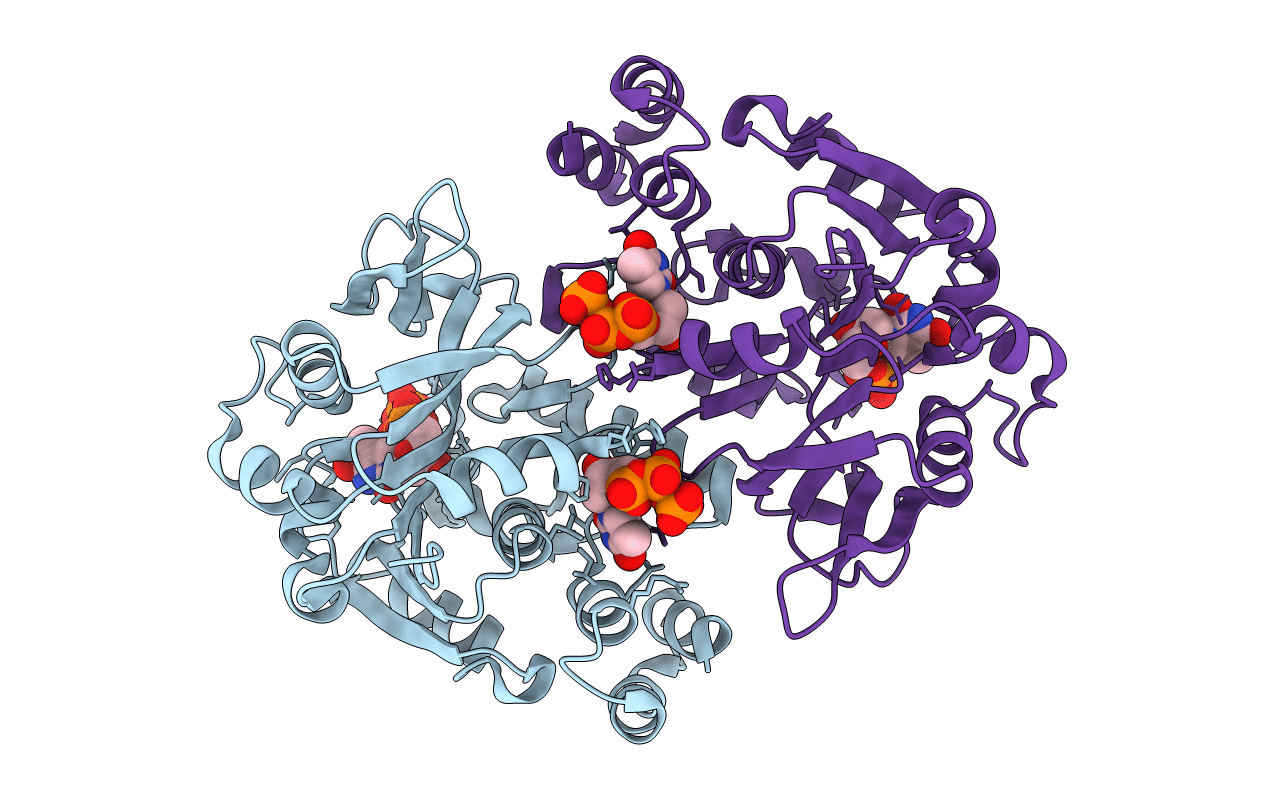
Deposition Date
2001-04-23
Release Date
2001-05-09
Last Version Date
2024-02-07
Entry Detail
Biological Source:
Source Organism:
Salmonella enterica (Taxon ID: 28901)
Host Organism:
Method Details:
Experimental Method:
Resolution:
2.10 Å
R-Value Free:
0.23
R-Value Work:
0.19
Space Group:
P 43 21 2


